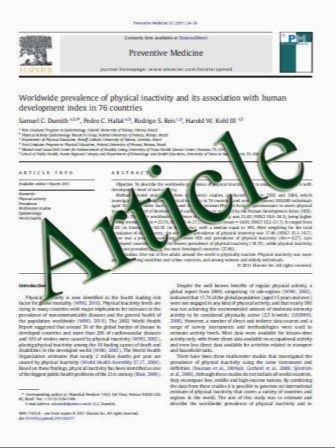Molecular and functional ultrasound imaging in differently aggressive breast cancer xenografts using two novel ultrasound contrast agents (BR55 and BR38)
- نوع فایل : کتاب
- زبان : انگلیسی
- مؤلف : Jessica Bzyl & Wiltrud Lederle & Anne Rix & Christoph Grouls & Isabelle Tardy & Sibylle Pochon & Monica Siepmann & Tobias Penzkofer & Michel Schneide
- چاپ و سال / کشور: 2011
Description
Objectives To characterise clinically translatable longcirculating (BR38) and VEGFR2-targeted (BR55) microbubbles (MB) and to assess their ability to discriminate breast cancer models with different aggressiveness. Methods The circulation characteristics of BR38 and BR55 were investigated in healthy mice. The relative blood volume (rBV) of MDA-MB-231 (n=5) or MCF-7 (n=6) tumours was determined using BR38. In the same tumours in-vivo binding specificity of BR55 was tested and VEGFR2 expression assessed. Data validation included quantitative immunohistological analysis. Results BR38 had a longer blood half-life than BR55 (>600 s vs. 218 s). BR38-enhanced ultrasound showed greater vascularisation in MDA-MB-231 tumours (p= 0.022), which was in line with immunohistology (p= 0.033). In-vivo competitive binding experiments proved the specificity of BR55 to VEGFR2 (p=0.027). Binding of BR55 was significantly higher in MDA-MB-231 than in MCF-7 tumours (p=0.049), which corresponded with the VEGFR2 levels found histologically (p=0.015). However, differences became smaller when normalising the levels of BR55 to the rBV. Conclusions BR38 and BR55 are well suited to characterising and distinguishing breast cancers with different angiogenesis and aggressiveness. Long-circulating BR38 MB allow extensive 3-dimensional examinations of larger or several organs. BR55 accumulation faithfully reflects the VEGFR2 status in tumours and depicts even small differences in angiogenesis.
Eur Radiol (2011) 21:1988–1995 DOI 10.1007/s00330-011-2138-y Received: 21 January 2011 / Revised: 21 March 2011 / Accepted: 7 April 2011 / Published online: 12 May 201


